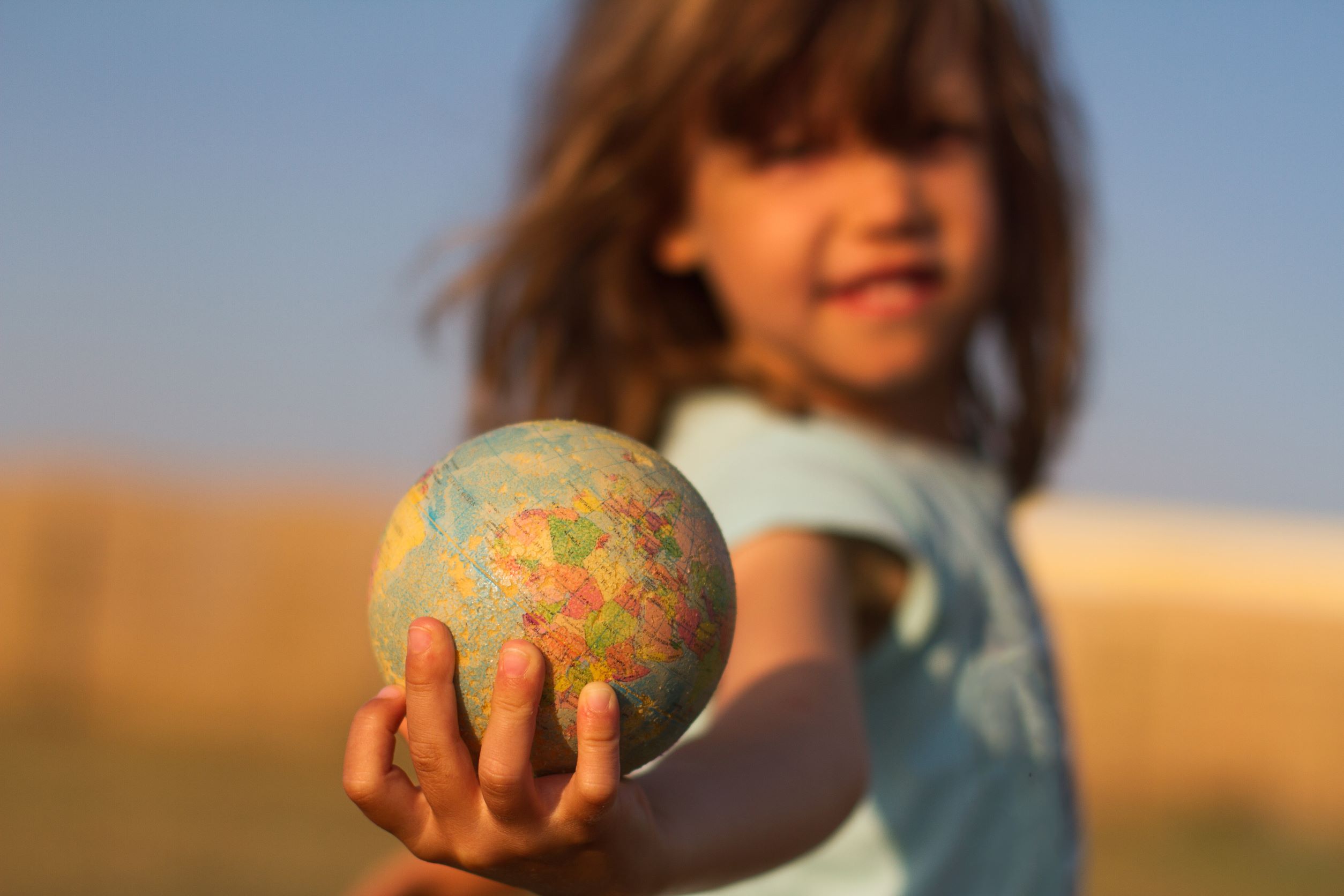
For the first two weeks of November, all eyes will be on Glasgow as the much-anticipated COP26—the 26th Conference of the Parties to the U.N. Convention on Climate Change—unfolds. While climate experts vary on their outlook for an optimistic outcome, one thing is clear: COP26 will be a deciding moment in our collective efforts to draw down greenhouse gas emissions and to adapt to the impacts of climate change.
World leaders still trying to recover from COVID-19-related setbacks will be looking for bold, transformative climate solutions that put countries on a more equitable path to sustainability.
One such solution that deserves more political attention is education, especially quality education that grounds discussions about climate change in science, transforms harmful social norms and power dynamics that increase the climate vulnerabilities of marginalized groups like women and girls, and connects learning outcomes with climate action and the achievement of climate justice.
As COP26 unfolds, what can we expect from Glasgow when it comes to advancing such education? Here are three things to keep your eyes on and to help amplify.
1. Expect a lot of (good) “noise” from the education sector.
Without a dedicated “day” for education on the COP26 agenda, civil society actors will attempt to draw attention to the important role of education for climate action through an impressive, decentralized roster of side events in the green and blue zones and other sidelines.
These events will add to an unprecedented surge this year in publications and advocacy by global education leaders highlighting the impact of climate change on children (especially girls), the role that education plays in increasing society’s adaptive capacity and climate resilience, and the lackluster progress being made by countries on education for climate action. These include reports published by EarthDay.org, Education International, Malala Fund (and a complementary report by Brookings), Plan International, Save the Children, UNESCO, and UNICEF, among others.
A positive outcome of this increased attention to climate change by the education sector will be the reverse mobilization, that is, increased attention to education by the climate sector.
2. Watch out for a “Glasgow Work Program” for action for climate empowerment.
2020 marked the end of the Doha Work Program, which aimed to guide countries’ implementation of education and training activities as laid out in Article 6 of the United Nations Framework Convention on Climate Change and Article 12 of the Paris Agreement on Action for Climate Empowerment (ACE). However, a lack of financing commitment by countries to support and implement the development of national ACE strategies means the Doha Work Program—the second ACE work program, running from 2012-2020—was less than effective. This has left ACE a little understood entry point for climate action and a low priority item for negotiations among world leaders.
On top of this, the COVID-19 pandemic sidetracked important momentum-building multilateral and bilateral dialogues that could have helped to create a critical mass of world leaders committed to a more ambitious and fully financed ACE work program. Such missed opportunities mean many ACE negotiators are heading to COP26 without clear incentives, mandates, and goals. Although ACE stakeholders have proposed options for a future work program (delegates are not coming to Glasgow to build the next ACE work program from scratch), the lack of political will around education for climate action threatens to set the new work program on a course to fail.
At this critical juncture in the climate crisis, cooperation rather than competition is needed to ensure our mutual survival—not just as a nascent education and climate sector, but also as present and future generations on this planet.
What we can hope for with the ACE negotiations is that delegates will reach a decision on a 10-year Glasgow Work Program that leans into the recommendations and calls to action by civil society; provides for sufficient funding and technical support, especially to developing countries; centers intergenerational equity, climate justice, and the rights of children and youth, girls and women, and indigenous peoples; aims for societywide empowerment and systemwide transformations; and holds governments accountable through data disaggregated by gender, age, and other relevant social and economic identifiers.
3. Lift up and connect with champions of education for climate action.
We may be witnessing the birth of a global climate and education sector—if not a tipping point in a global movement to strengthen the education sector’s role in climate action. The increasing number of “new” global education organizations arriving at the climate and education agenda, together with the unwavering energy of “older” environmental education and climate change education organizations, feels notably different than just under two years ago. But with few high-level champions at the helm, the possibilities for action seem both endless—unencumbered by political agendas and timelines—but also uncertain and temporary—without political weight. Will the fire fizzle out if financing to education for climate action does not materialize, or if world leaders continue to deprioritize education in favor of “climate-relevant” sectors like energy and transportation?
Short of high-level champions and without an Earth Fund centered solely on education, the sector must work together to lift itself up, identify ways to “do the work” regardless, and resist the internalized institutional urge for its members to compete against each other for resources. At this critical juncture in the climate crisis, cooperation rather than competition is needed to ensure our mutual survival—not just as a nascent education and climate sector, but also as present and future generations on this planet.
COP26 offers us an opportunity to identify and invite new education champions for climate action into “the tent.” We have two weeks to configure new connections among local and global actors, and a rapidly closing window thereafter to make a difference through our collective work. What are you waiting for? Let’s get started.


